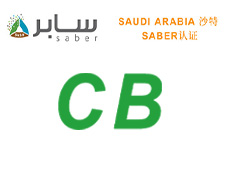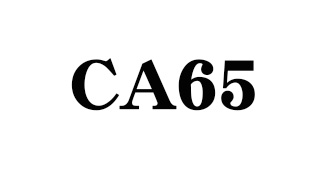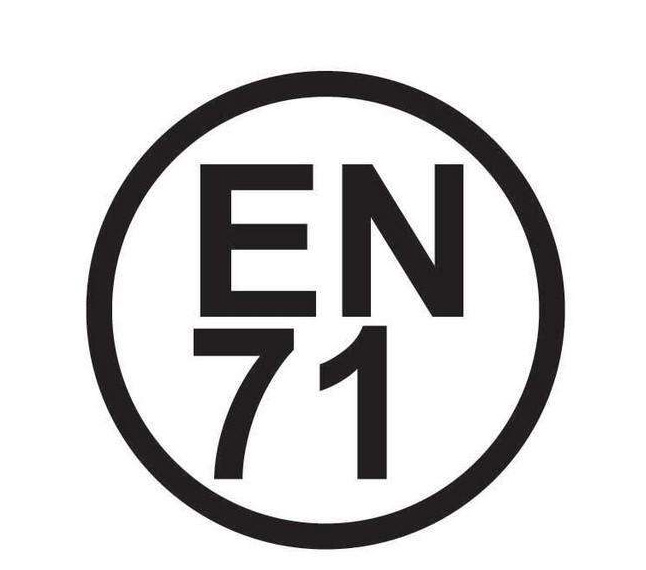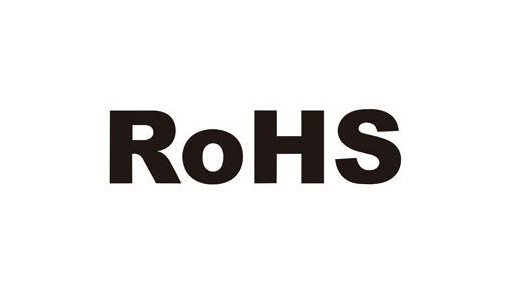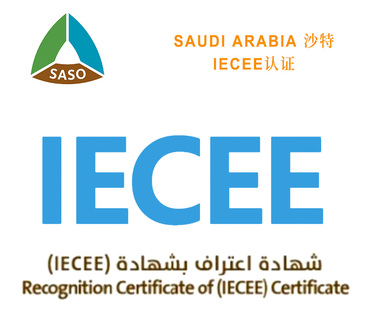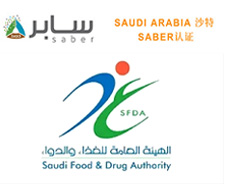The CE certification standard process for different electronic products.
CE certification refers to a certification mark that complies with European CE standards and can be freely circulated in Europe. Electronics sold in the European marketObtaining CE certification for products is an obligation and necessary. However, different electronic products undergo the process of obtaining CE certification and EN standardsThe requirements may vary. This article will briefly introduce the process of CE certification and list some common electronic productsEN standard requirements.The CE certification process includes: application, testing/evaluation, certificate issuance, and annual review. The application stage is necessary to submit to the certification bodyThe files and information, including technical documents, product manuals, and related test reports. The testing/evaluation phase is carried out by certification bodiesConduct product testing and evaluation to verify compliance with EN standards. The testing and evaluation projects may vary depending on the productThere are differences, but generally include tests on electromagnetic compatibility and safety. The certificate issuance stage is based on the certification body'sThe results of testing and evaluation are issued with a CE certification certificate, proving that the product meets the requirements of the EN standard. Annual audit is a certification bodyRegularly inspect and audit products that have obtained CE certification to ensure they continue to meet the requirements of EN standards.Different electronic products have different processes and EN standard requirements for obtaining CE certification. Here are some common electronic productsExample of EN standard requirements:1. Electronic equipment: The EN 55032 standard requires that the electromagnetic radiation of electronic equipment should not exceed a certain limit to ensure that it will not affectInterference from surrounding equipment and environment.2. Power adapter: The EN 60950 standard requires that the power adapter should have sufficient power under normal use and fault conditionsSafety to prevent hazards such as electric shock and fire.3. Communication equipment: The EN 301489 standard requires communication equipment to not cause damage to other devices when receiving and transmitting wireless signalsInterference, and there must be a certain level of anti-interference ability during use.4. Household appliances: The EN 60335 standard requires that household appliances should have sufficient safety in both normal use and fault conditions,To prevent hazards such as electric shock, short circuit, and overheating.5. Medical equipment: The EN 60601 standard requires medical equipment to have sufficient safety in both normal use and failure states,To protect the health and safety of patients and healthcare workers.
 Tel
Tel WhatsApp
WhatsApp E-mail
E-mail









